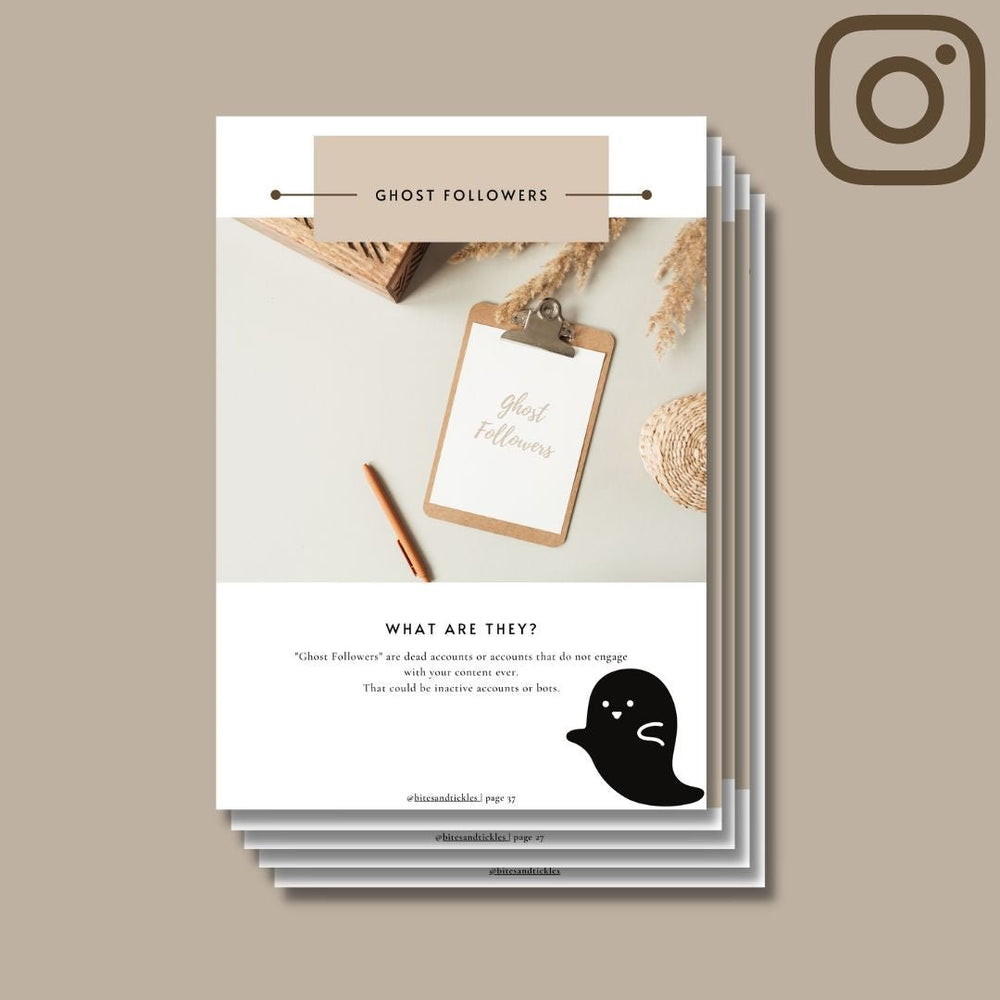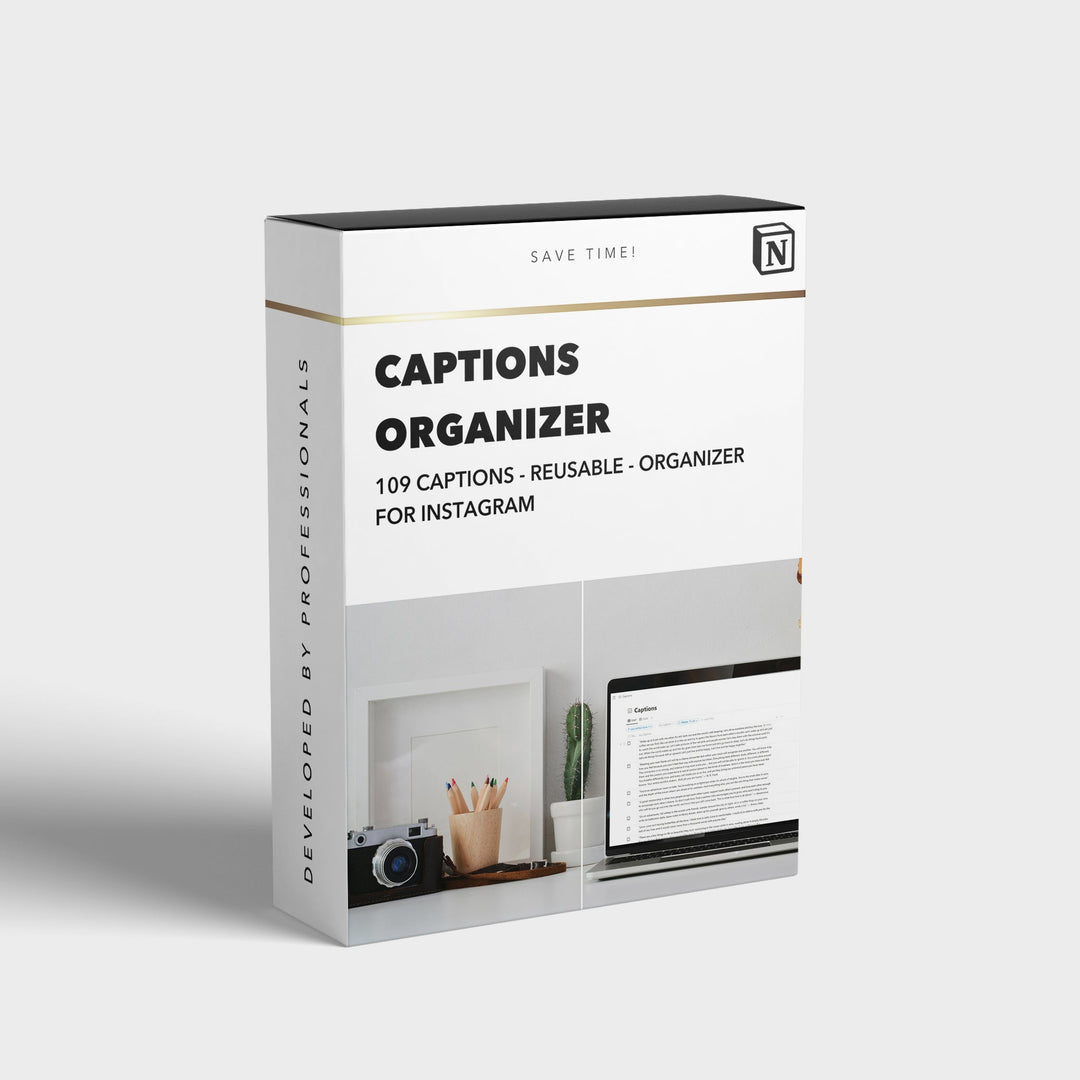How to Photograph a Wedding

Wedding photography is a skillful and artful endeavor that requires both technical proficiency and an eye for capturing unforgettable moments. As a wedding photographer, you have the unique opportunity to document one of the most important days in a couple's life. In this article, we will guide you through the process of photographing a wedding, from preparation to delivering the final product.
1. Introduction
Weddings are joyous occasions filled with love, emotions, and unforgettable moments. As a wedding photographer, your role is to capture these special moments in a way that tells a beautiful and compelling story. Whether you are an aspiring photographer or a seasoned professional looking to enhance your skills, this guide will provide you with valuable insights and tips for photographing weddings.
2. Understanding the Importance of Wedding Photography
Wedding photography is not just about taking pictures; it's about preserving memories and creating a visual narrative that the couple can cherish for a lifetime. Photographs serve as a tangible reminder of the emotions, details, and essence of the wedding day. Understanding the significance of your role will help you approach the job with dedication and passion.
3. Preparing for the Wedding Shoot
Before the wedding day arrives, thorough preparation is essential. Start by researching the venue and lighting conditions. Visit the location if possible, take note of potential backdrops, and plan your shots accordingly. Additionally, meet the couple to discuss their expectations, preferred styles, and specific moments they want you to capture.
4. Essential Equipment for Wedding Photography
Having the right equipment is crucial for capturing high-quality wedding photographs. Invest in a reliable camera body and a range of lenses to cover various focal lengths. Additionally, consider carrying lighting equipment, tripods, and accessories that will help you handle different lighting situations and achieve the desired effects.
5. Capturing Candid Moments
Candid shots are often the most cherished by couples and their families. They capture genuine emotions and natural interactions. During the wedding, keep an eye out for candid moments such as the first look, emotional reactions, and interactions between guests and family members. Be discreet and ready to capture these fleeting instances.
6. Posing the Couple and Wedding Party
While candid shots are valuable, posed portraits are also an essential part of wedding photography. Communicate with the couple and provide gentle guidance to capture their best angles and expressions. Utilize natural light whenever possible and explore scenic backgrounds to add depth and beauty to your images.
7. Paying Attention to Details
Weddings are filled with intricate details that make the event unique and special. As a wedding photographer, it's important to capture these details, including venue decorations, floral arrangements, and close-ups of rings and other accessories. These shots add depth to the overall wedding story.
8. Handling Challenging Lighting Situations
Weddings often present challenging lighting situations. Indoor ceremonies may have low-light conditions, while outdoor settings can be subject to harsh sunlight. Be prepared to adjust your camera settings, use additional lighting equipment if necessary, and make the most of available natural light to ensure well-exposed and balanced photographs.
9. Managing Time and Being Organized
Time management and organization are vital during a wedding shoot. Create a wedding photography timeline in collaboration with the couple and wedding planner. This will help you stay on schedule and ensure you don't miss any crucial moments. Arrive early to familiarize yourself with the venue and get ahead of the game.
10. Post-Processing and Editing
Once the wedding is over, the post-processing and editing phase begins. Take time to review and select the best images from the event. Enhance colors, correct exposure, and apply other adjustments to bring out the best in each photograph. Consistency in editing style will help maintain a cohesive look throughout the wedding album.
11. Delivering the Final Product
Delivering the final product to the couple involves creating a wedding album or providing online galleries and digital downloads. Design an album that tells the story of the wedding day and includes a variety of shots. If delivering online, ensure the platform is user-friendly and allows for easy sharing and downloading.
12. Dealing with Unexpected Situations
Weddings are live events, and unexpected situations can arise. Equipment malfunctions, challenging family members, or unforeseen weather changes are just a few examples. Stay calm, be prepared with backup equipment, and maintain professionalism throughout. Adaptability and problem-solving skills are crucial in such situations.
13. Ensuring Professionalism and Communication
As a wedding photographer, professionalism and effective communication are key. Dress appropriately for the occasion, be respectful of the couple's wishes, and maintain open lines of communication with the wedding planner and other vendors. These qualities will help you build trust and ensure a smooth and successful experience.
14. Tips for Aspiring Wedding Photographers
For aspiring wedding photographers, building a portfolio is essential. Offer to assist or second shoot with experienced photographers to gain practical experience and learn from their expertise. Networking within the industry and continuously refining your skills will pave the way for a successful career in wedding photography.
15. Conclusion
Photographing a wedding is a tremendous responsibility and a wonderful opportunity to create lasting memories for the couple. By following the tips and guidelines outlined in this article, you can approach each wedding with confidence, professionalism, and creativity. Remember, each wedding is unique, and your ability to capture the essence of the day will result in cherished photographs that the couple will treasure forever.
Frequently Asked Questions (FAQs)
Q1: How long does it take to photograph a wedding? A: The duration of a wedding shoot can vary depending on factors such as the size of the wedding, the number of locations, and the specific requirements of the couple. On average, a full-day wedding shoot can last anywhere from 8 to 12 hours.
Q2: What are the recommended camera settings for wedding photography? A: Camera settings for wedding photography depend on the lighting conditions and the desired effect. However, a general starting point would be to use aperture priority mode with a wide aperture (low f-stop number) for shallow depth of field and a fast shutter speed to freeze motion.
Q3: How many photos should I deliver to the couple? A: The number of photos delivered to the couple can vary depending on the length of the wedding, the number of key moments, and the package agreed upon. However, it's advisable to provide a mix of candid shots, posed portraits, and detail shots, ensuring a well-rounded representation of the wedding day.
Q4: Should I shoot in RAW or JPEG format? A: Shooting in RAW format is recommended for wedding photography as it provides greater flexibility in post-processing. RAW files contain more data and allow for better adjustments to exposure, white balance, and other settings without compromising image quality.
Q5: How can I handle demanding clients or family members during the wedding shoot? A: Dealing with difficult clients or family members can be challenging but crucial for maintaining professionalism. Stay calm, listen to their concerns, and communicate your intentions clearly. Address any issues promptly and strive to find a resolution that satisfies all parties involved.









![[NEW] Clean Collection Presets Mobile - bitesandtickles](http://bitesandtickles-shop.com/cdn/shop/products/new-clean-collection-presets-mobile-256234.jpg?v=1685723321&width=1000)













